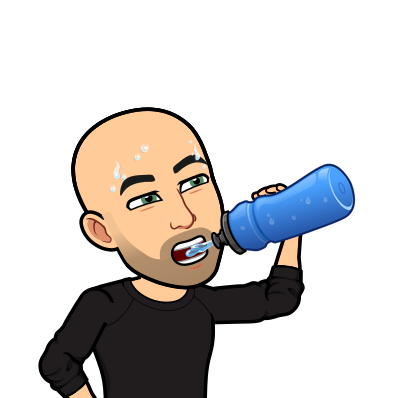
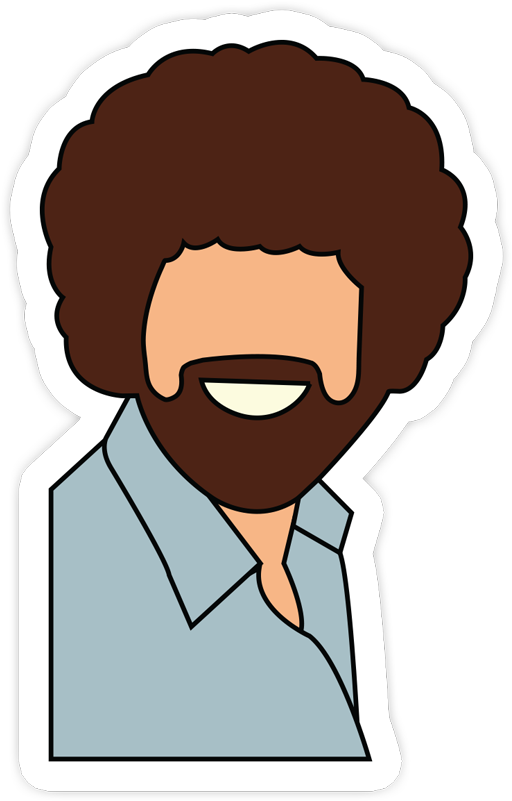
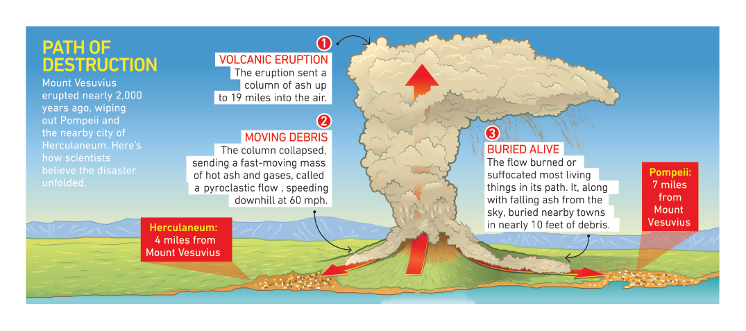
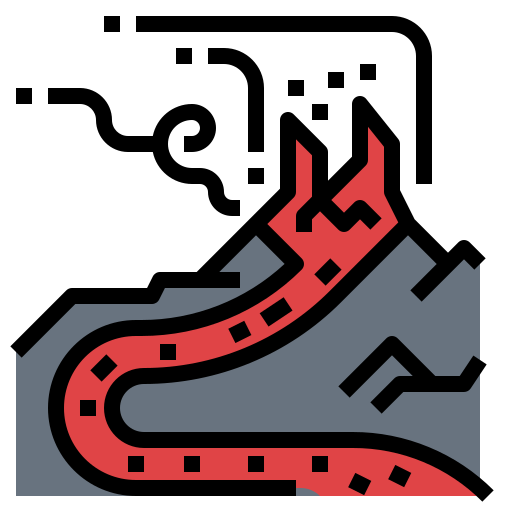



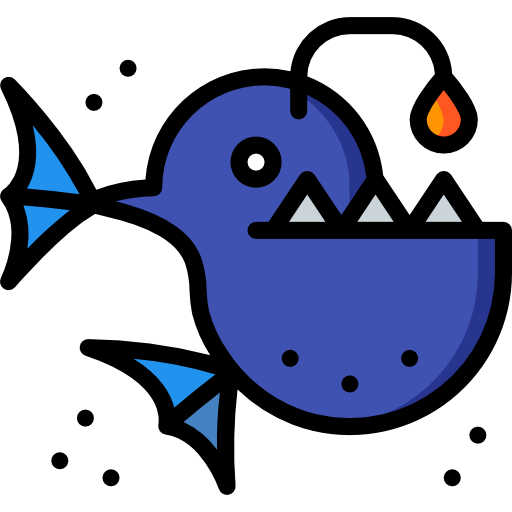
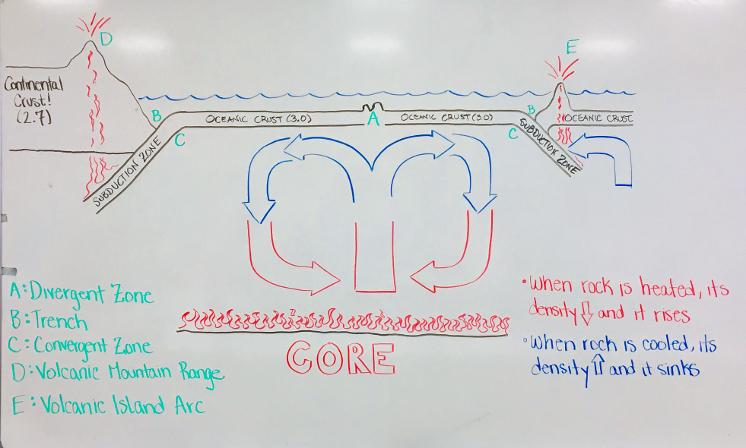
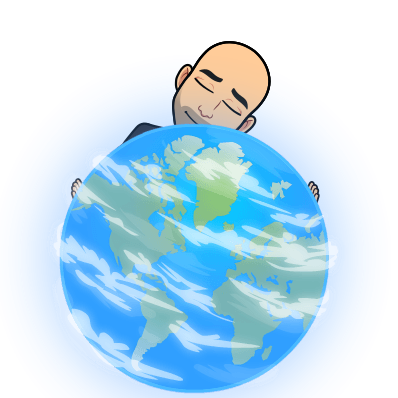
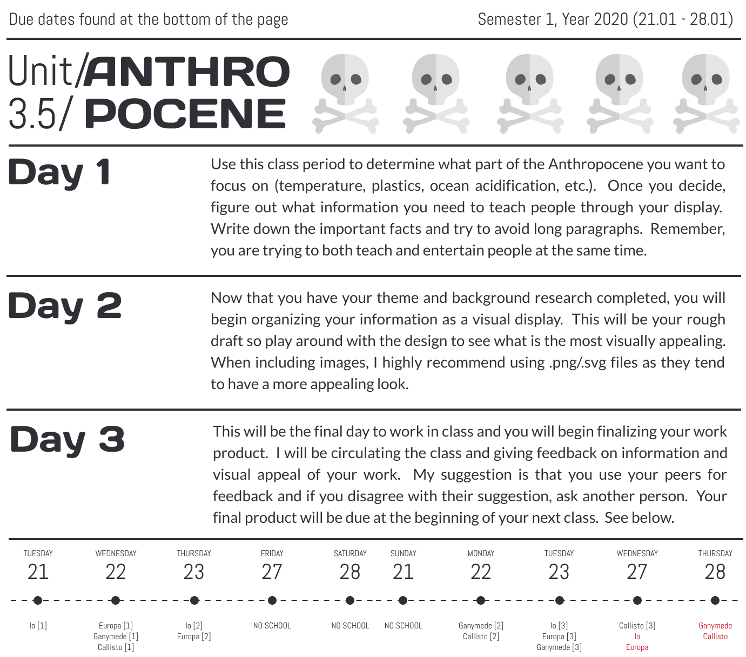
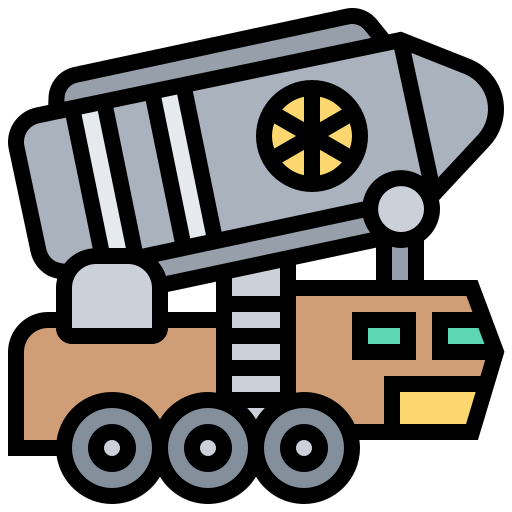



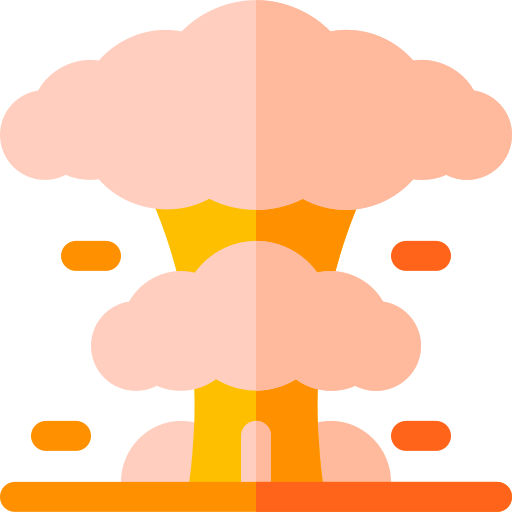
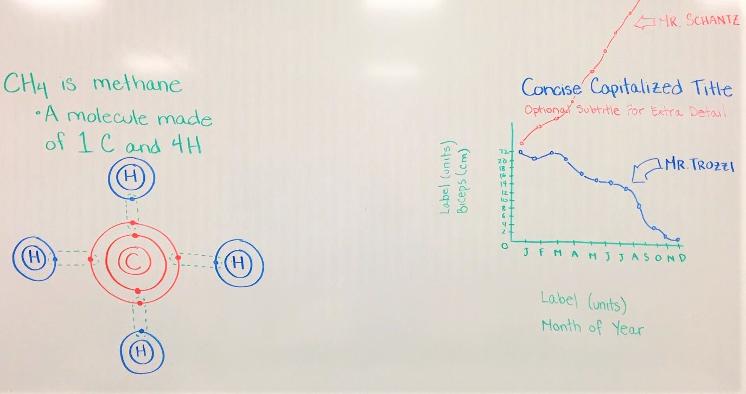
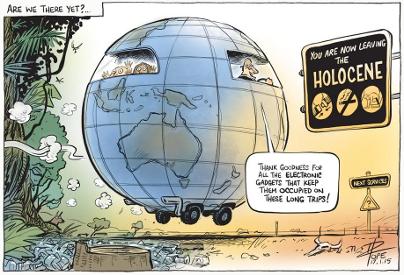
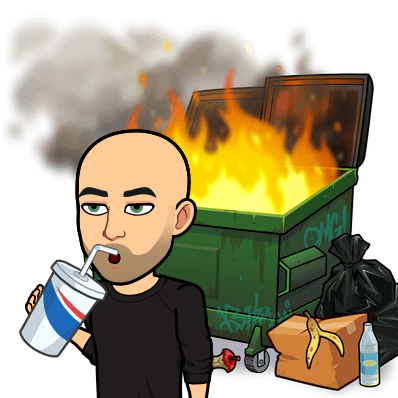

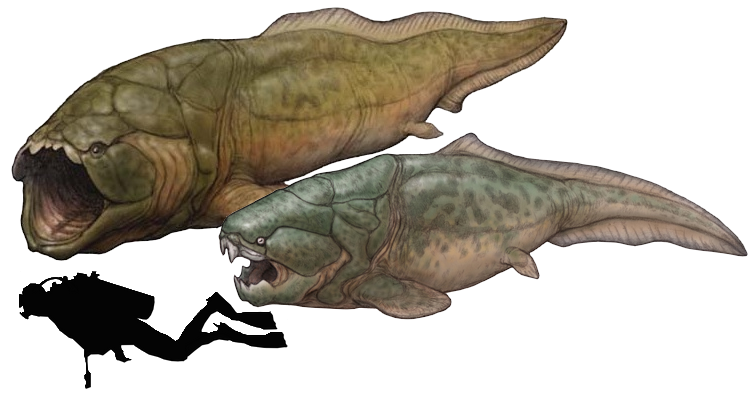
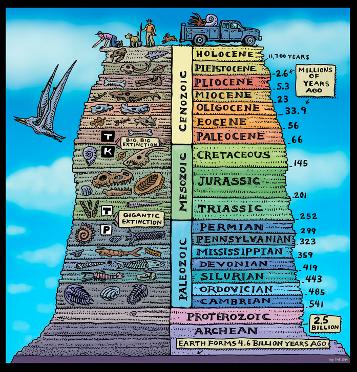
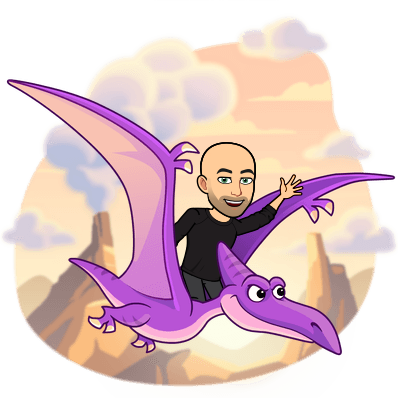
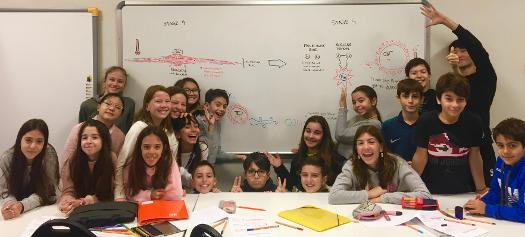
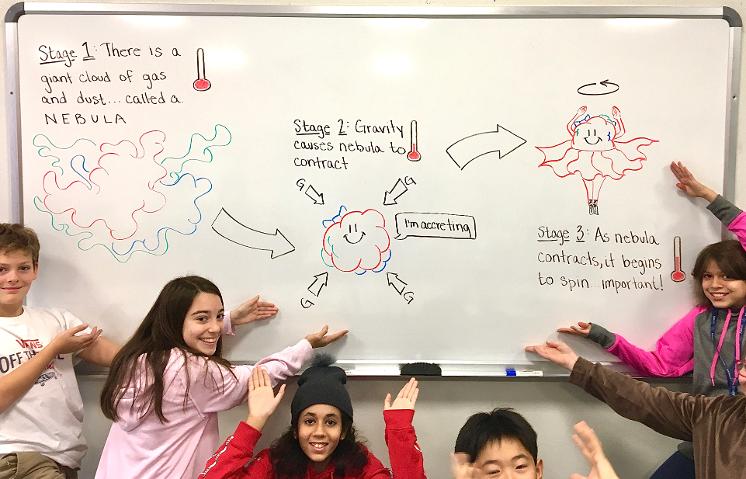
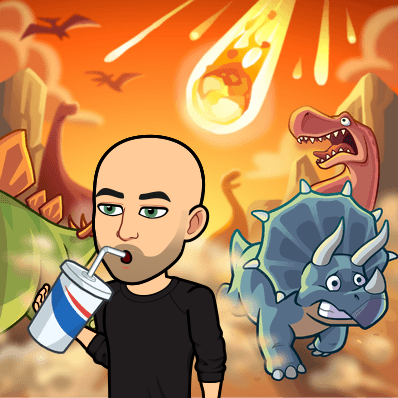
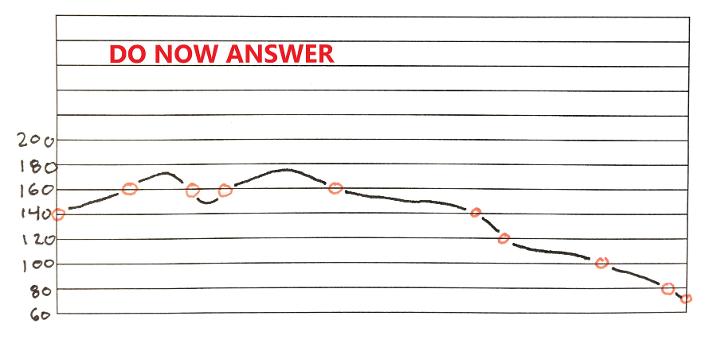
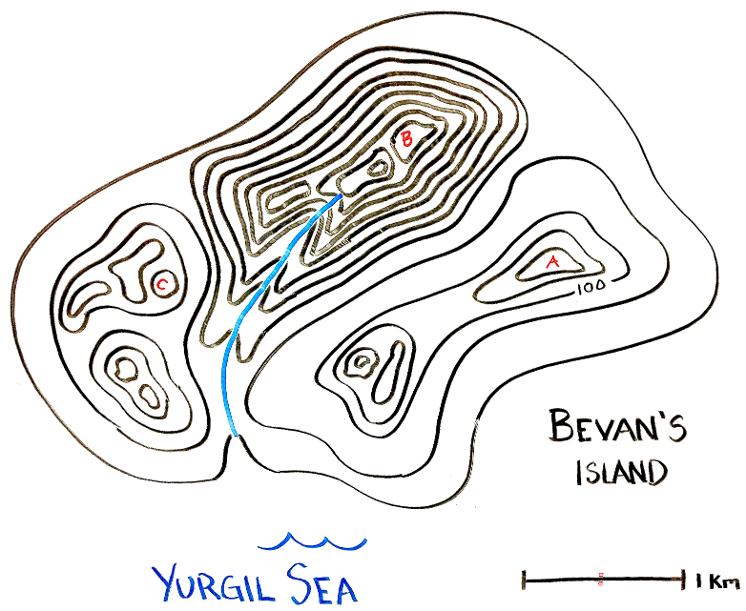

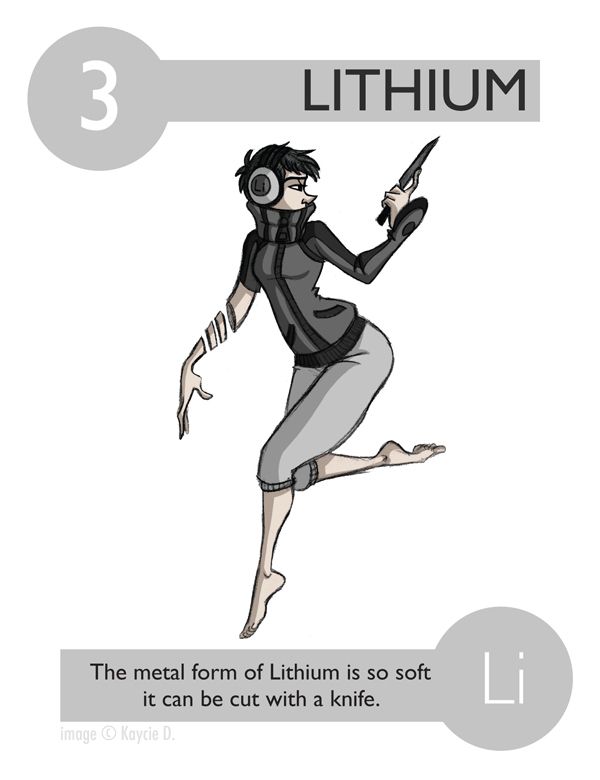
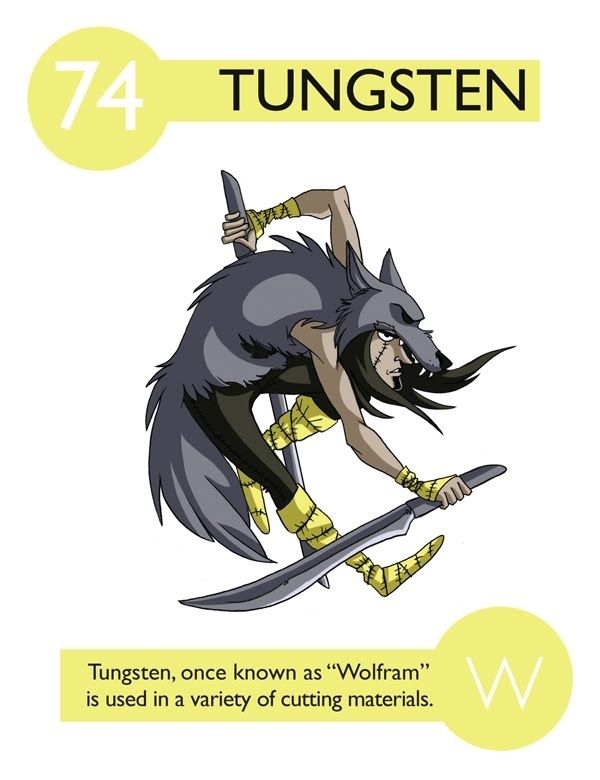

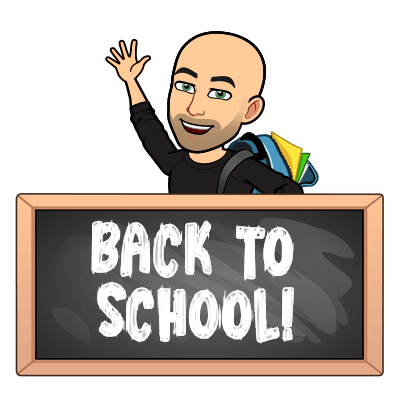
In this unit we will learn how water circulates the biotic and abiotic portions of the Earth. We will also look at where this water really came from and how it behaves. To do this, we will look at its molecular structure and see some interesting things!!!

Click here to see an awesome ski video that showcases the solid hydrosphere!
Click here for a depressing look at how we are impacting the ocean globally.
Click here for a shocking exploration of the most polluted river in all of India.
Click here to see what the Earth would look like if all of the ice melted. Crazy!!!
Lesson #9

Learning Objective: Today we will combine science and art to create some spectacular representations of volcanoes around the world. Please click here for this two part lesson.
Homework: Please have your art finished by next Monday!
Lesson #8
Learning Objective: Today we will review the ways different volcanoes are formed and then we will uncover what makes them so deadly. Click here for digital copy...

Homework: Complete the emoji reading activity.
Lesson #7 (Ganymede, Callisto)
Learning Objective: Today we will review how hotspots work and then we will look at the different types of volcanoes on Earth and their magma/gas composition.
Activity #1 Link is on Google Classroom
Activity #2 Links are on the digital copy
Homework: Google Classroom question!

Lesson #6 (Io, Europa, Ganymede, Callisto)

Learning Objective: Today we will assess our current level of knowledge about how the earth is organized and how it moves by take a formative. YAY!
Homework: Enjoy your White Week!!!
Lesson #5
Learning Objective: Today we will learn about the Great African Rift Valley & why it is so important to our species (Homo Sapiens Sapiens). Click here for copy.


Lesson #4 (Io, Europa, Ganymede, Callisto)
Learning Objective: Today we will learn more about plate tectonics, including what ecosystems occur where ocean basins are formed and oceanic crust subducts.
Click here for the Activity #2 link
Click here, here, and here for ideas to help you researching Activity #3
Homework: Make sure to complete all activities from this Lesson #4.

Lesson #3 (Ganymede, Callisto)
Learning Objective: Today we will learn about how convection is responsible for the movement of the plates in a process called plate tectonics. Lesson copy here.

Lesson #2
Learning Objective: Today we will learn about the process of convection. This will allow us to better understand our lesson on upcoming lessons on plate tectonics.
Homework: Complete Activity #2 for both Lessons 1 and 2. We will review these together at the start of our next lesson.
Lesson #1
Learning Objective: Today we will learn about the interior structure of the Earth and why it is important that the interior is very hot. Click here for a digital copy.
Homework: Complete the Activity #2 board diagram based on the reading please.
In this unit, we will learn about how the inside of the Earth determines how the outside of the Earth behaves (earthquakes, volcanoes, tsunamis, etc.) In addition, we will see how the Earth is the perfect size to give rise to a world full of lifeforms!

Click here to move the Earth's crust and see what happens. Link Coming Soon!
Click here for a playlist I created on my youtube channel. It will really help you!
Click here to see where your house was located millions & millions of years ago.
Click here to learn all about making a planet come to life. Super super cool!
Lesson #3
Learning Objective: Today we will learn how to construct graphs on Google Sheets in order to display how the climate has changed during the anthropocene.
Click here to access the folder that we will be using in order to make our graphs.

Homework: If you were selected, prepare to present your lesson next class.
Lesson #2
Learning Objective: Today we will build upon the information we learned yesterday to see how we are impacting the world around us in this new geologic epoch (the Anthropocene).
Homework: As an option, feel free to learn more about the atmosphere of Venus by reading this comic about flying on planets.
Lesson #1
Learning Objective: Today we will investigate the Anthropocene and how humans are impacting the world around us. Click here for a digital copy of today's lesson.
Homework: Please read and take notes on The Greenhouse Effect. It is on the last page of the lesson.

In this unit we will learn about what the future of the Earth will look like as a result of human activity. We will be focusing on the idea of the Anthropocene, the name given to the new epoch of the Earth's history. What is unique about this new time is that it is the first epoch to ever be create by an organism, as opposed to nature.

Click here to investigate how polluted the world is. This is updated every day.
Click here for a climate change comic spanning 3 Half-Lives of Carbon-14!
Click here to see what would happen to the world if all humans disappeared...
Click here to see how we are creating a world that is covered in tons of plastic...
Lesson #10 (Io, Europa, Ganymede, Callisto)
Learning Objective: Today we will use our time to review the concepts that you will need to know for your upcoming for summative assessment. Click here for my copy of the Lesson #9 answer key for Activities #2-4. Good luck with your studies!
Lesson #9
Learning Objective: Today we will review the concept of absolute dating of fossils using radiocarbon dating. Click here for a larger version of the image below.
Homework: Complete Lesson #9.
Lesson #8
Learning Objective: Today we will travel back in time to the Cenozoic Era to better understand Geologic Time. Please click here for Lesson #7.5 if you were absent.
Homework: Continue working on Lesson #7.5 and the practice assessment. See today's learning objective for a copy of Lesson #7.5 or ask me for the assessment.
Lesson #7
Learning Objective: Today we will travel back in time to the Mesozoic Era to better understand Geologic Time. Please click here for the Activity #1 Reference Tables.

Homework: Enjoy your Thanksgiving Break and I will see you all next week!
Lesson #6
Learning Objective: Today we will travel back in time to the Paleozoic Era to better understand Geologic Time. Please click here for the PBS Eon video for Activity #2.

Homework: Continue working on Activity #1 from Lesson #5 if you have free time.
Lesson #5 (Ganymede, Callisto)
Learning Objective: We will improve our scientific literacy to understand how the Earth has changed over geologic time by reading another scientific article. So fun.
Lesson #4
Learning Objective: Today we will assess the skills that we have learned so far and then we will begin investigating the concept of Geologic Time. نسخة عربية

Interesting Video Links
History of the Earth in 5 1/2 Minutes (Recommend playing on .5 speed)
Most Important Events In Earth History
Homework: As an option, you can watch any of the videos linked above. Have fun
Lesson #3
Learning Objective: Today we will pause to check how well we all understand the Nebular Theory and then we will diagram Stages 4-6. Images are detailed below!
Lesson #2
Learning Objective: Today we will continue to learn how the Earth was created 4.6 billion years ago. This class will focus more on you creating visuals. So much fun!!!

Homework: Have all of Lesson #1 and Lesson #2 (except Activity #1) completed by the beginning of Lesson #3.
Lesson #1
Homework: Complete reading and questions by the start of Lesson #3.
In this unit we will learn about where we came from. In order to do this we need to travel back in time over 4.6 billion years ago to the formation of our solar system. From there we will move forward in time, seeing how the Earth has changed and evolved from a hot, hellish landscape to the blue green marble that we now inhabit

Click here to learn what you will miss long after you are ancient history.
Click here to understand how we are all actually related to LUCA. Kinda crazy...
Click here to travel back in deep time to see how the earth has changed.
Click here to travel down into the earth and see how things change as you go!
Lesson #9
Learning Objective: Today we will continue drawing topographic maps and profiles with various levels of difficulty. Answers to first 4 profiles are below.

Homework: Click here for the study guide to better prepare for the summative.
Lesson #8
Learning Objective: Today we will continue drawing topographic maps and profiles with various levels of difficulty. Click here for the Lesson #7 answers.

Homework: Make sure you have Activity 3 (Lesson #8) completed by Lesson #10.
Lesson #7
Learning Objective: Today we will learn to draw topographic profiles using the knowledge that we have learned in previous lessons. Procedure shownbelow...
Homework: Bring all lessons from Unit #2 to next class. Have them in order please
Summative Assessment will be Nov 5th for Io and Nov 6th for Europa, Ganymede, and Callisto. Study Guide coming soon!
Lesson #6
Learning Objective: Today we will continue to practice how to read topographic maps. Click here for the Lesson #5 answer key.
The image to the right represents the scores on the class formative
Homework: Complete all activities from today's lesson.
Lesson #5
Learning Objective: Today we will review the Formative Assessment and then begin learning about topographic maps. Click here for a review tutorial lesson.
Homework: Complete all activities from today's lesson.
Lesson #4
Learning Objective: Today we will check our basic understanding of mapping before we start learning about topographic maps.
Today's helpfulHomework links -->
Homework: Complete the writing section at the end of the formative assessment.
Lesson #3
Learning Objective: Today we will map the latitude and longitude of earthquakes and see what we can learn from any patterns that emerge.
Click here for the Activity#1 document
Homework: Make sure you complete the vocab from Lesson #2 homework
Lesson #2
Learning Objective: Today we will learn how to read maps and the advantages and disadvantages of 2-dimensional maps. Click here for The True Size Of... link
Lesson #1
Learning Objective: Today we will learn about the history and geography of Italy.
Activity #1: See image to the right ---->
Activity #2: An Animated History of Italy
Homework: As an option, you can watch some fun/ interesting videos on maps
In this unit we will learn all about how to read and create maps. We will start by looking at what maps can tell us about the world around us, transform them from two dimensions to three dimensions, and then create our own mapped worlds!!!

Click here to learn why every map you have ever seen is incorrect.
Click here to see how skilled you are at naming countries across the world.
Click here for an interactive exploration of where ships travel on a world map.
Click here to see the true size of every major country on the face of the earth.
SUMMATIVE ASSESSMENT
Results Coming Soon
Lesson #7 (Io, Europa, Ganymede, Callisto)
Learning Objective: Today we will learn how elements can be helpful or harmful depending on what other elements they form molecules with.
Homework: Continue to study for the assessment.
Lesson #6
Learning Objective: Today we will learn why some atoms like to join others and what happens when they do. Click here for a review of why and how atoms bond
Homework: You will have your summative assessment next Thursday (Io, Europa, Ganymede) and Friday (Callisto). Click here for a Study Guide that will be updated
Lesson #5
Learning Objective: Today we will review our content mastery of atoms, elements, and the periodic table. Click here for Planet Deadly link to complete the Do Now
Homework: Make sure you have all assignments completed to the best of your ability and with no blank answers. An incorrect guess is better than nothing!!!
Lesson #4
Learning Objective: Today we will review the concepts we have learned in the last three lessons. Today our SSI focus will be Responsibility.
Lesson #3
Learning Objective: Today we will learn to use the periodic table and see how an element's location on the table determines how it behaves. Click here for ptable...
Homework: Complete the comic reading for Activity #2.
Lesson #0
Learning Objective: Today we will learn exactly how this class is run and how together we will become an effective learning community. Click here for syllabus.

Homework: At home, show your parents our class website and then have them click on the link for the class syllabus (look at learning objective). Due next class.
At the beggining of each unit you will see an orange box like this. The purpose of these boxes are to tell you about what we are going to be learning for the unit. In addition I will always include 4 links that I hope are both entertaining and will give you some interesting information or perspective on our upcoming learning topics.

Click here to learn more about the class code names I have assigned you.
Click here to see why you have never-ever touched any object in your life...
Click here for an interactive tour of the history of the Universe!!! (enable Flash).
Click here to see a science comic about what would happen if Earth got bigger.